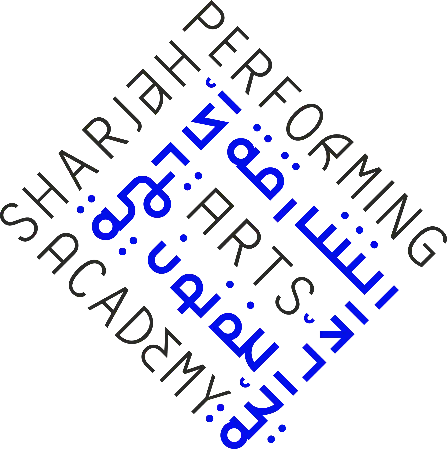Being and nothingness : an essay in phenomenological ontology / Jean-Paul Sartre ; translated by Sarah Richmond
Material type: TextPublisher: Abingdon, Oxon, UK : Routledge, 2020Description: lxvii, 848 s. ; 24 cmISBN:
TextPublisher: Abingdon, Oxon, UK : Routledge, 2020Description: lxvii, 848 s. ; 24 cmISBN: - 0367461404
- 9780367461409
- Ãtre et le néant. English
- B819 S27 2020
| Item type | Current library | Call number | Status | Barcode | |
|---|---|---|---|---|---|
 Books
Books
|
SPAA Library General Collection | B819 S27 2020 (Browse shelf(Opens below)) | Available | 0003052 |
Originally published in French as: L'Ãtre et le néant. Ãditions Gallimard, 1943. This edition published in hardback in 2018
P.B
P.B
Includes bibliographical references (pages 812-816) and index
I.The idea of the phenomenon -- II.The phenomenon of being and the being of the phenomenon -- III.The prereflective cogito and the being of the percipere -- IV.The being of the percipi -- V.The ontological proof -- VI.Being in itself -- pt. ONE THE PROBLEM OF NOTHINGNESS -- ch. 1 The origin of negation -- I.Questioning -- II.Negations -- III.The dialectical conception of nothingness -- IV.The phenomenological conception of nothingness -- V.The origin of nothingness -- ch. 2 Bad faith -- I.Bad faith and lies -- II.Forms of bad faith -- III.The `faith' of bad faith -- pt. TWO BEING-FOR-ITSELF -- ch. 1 The immediate structures of the for-itself -- I.Self-presence -- II.The for-itself's facticity -- III.The for-itself and the being of value -- IV.The for-itself and the being of possibles -- V.My self and the circuit of ipseity -- ch. 2 Temporality -- I.Phenomenology of the three temporal dimensions -- II.The ontology of temporality
II.Freedom and facticity: the situation -- III.Freedom and responsibility -- ch. 2 To do and to have -- I.Existential psychoanalysis -- II.To do and to have: possession -- III.The revelation of being through qualities -- Conclusion -- I.In-itself and for-itself: some metaphysical observations -- II.Moral perspectives
III.Original temporality and psychological temporality: reflection -- ch. 3 Transcendence -- I.Knowledge as a type of relation between the for-itself and the in-itself -- II.On determination as negation -- III.Quality and quantity, potentiality and equipmentality -- IV.World-time -- V.Knowledge -- pt. THREE BEING-FOR-THE-OTHER -- ch. 1 The Other's existence -- I.The problem -- II.The reef of solipsism -- III.Husserl, Hegel, Heidegger -- IV.The look -- ch. 2 The body -- I.The body as being-for-itself: facticity -- II.The body-for-the-Other -- III.The third ontological dimension of the body -- ch. 3 Concrete relations with the Other -- I.Our first attitude towards the Other: love, language, masochism -- II.The second attitude towards the Other: indifference, desire, hatred, sadism -- III.`Being-with' (Mitsein) and the `we' -- pt. FOUR TO HAVE, TO DO AND TO BE -- ch. 1 Being and doing: freedom -- I.The first condition of action is freedom
First published in French in 1943 Jean-Paul Sartre's L'Ãtre et le Néant is one of the greatest philosophical works of the twentieth century. In it, Sartre offers nothing less than a brilliant and radical account of the human condition. The English philosopher and novelist Iris Murdoch wrote to a friend of "the excitement - I remember nothing like it since the days of discovering Keats and Shelley and Coleridge". What gives our lives significance, Sartre argues in Being and Nothingness, is not pre-established for us by God or nature but is something for which we ourselves are responsible. Combining this with the unsettling view that human existence is characterized by radical freedom and the inescapability of choice, Sartre introduces us to a cast of ideas and characters that are part of philosophical legend: anguish; the 'bad faith' of the memorable waiter in the café; sexual desire; and the 'look' of the other, brought to life by Sartre's famous description of someone looking through a keyhole. Above all, by arguing that we alone create our values and that human relationships are characterized by hopeless conflict, Sartre paints a stark and controversial picture of our moral universe and one that resonates strongly today. This new translation includes a helpful Translator's Introduction, notes on the translation, a comprehensive index and a foreword by Richard Moran."--Inside flyleaf
There are no comments on this title.


